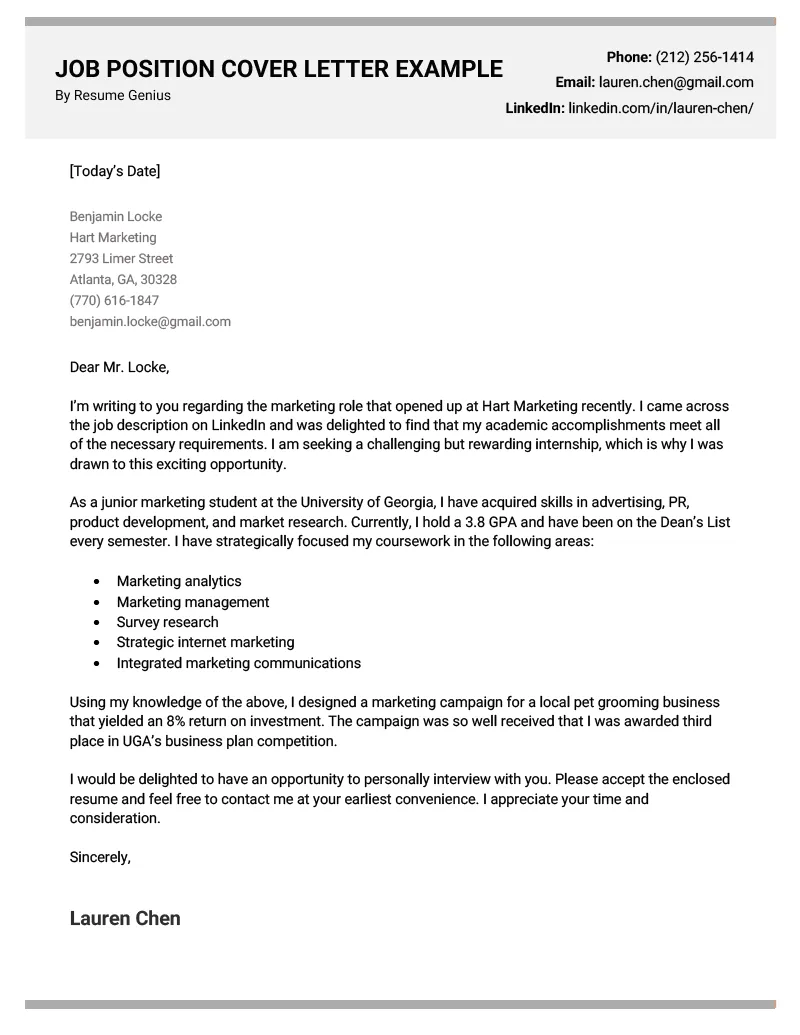What is a Cover Letter and Why You Need One
A cover letter is a crucial document that accompanies your resume when applying for a job. It serves as your introduction to the hiring manager, providing an opportunity to highlight your skills, experience, and enthusiasm for the position. Unlike your resume, which is a factual summary of your qualifications, a cover letter allows you to showcase your personality, explain why you’re a good fit for the company, and express your genuine interest in the role. In today’s competitive job market, a well-crafted cover letter can significantly increase your chances of landing an interview. It’s your chance to make a strong first impression and differentiate yourself from other applicants.
Cover Letter Template: Key Components
Creating a compelling cover letter doesn’t have to be daunting. Utilizing a solid cover letter template provides a framework to guide you through the writing process, ensuring that you include all the necessary elements. A cover letter template typically includes several key components, each serving a specific purpose. Understanding these components is essential for crafting a document that effectively communicates your qualifications and interests to potential employers. The following sections will guide you through each element, offering practical tips and examples to help you create a standout cover letter.
Header Section
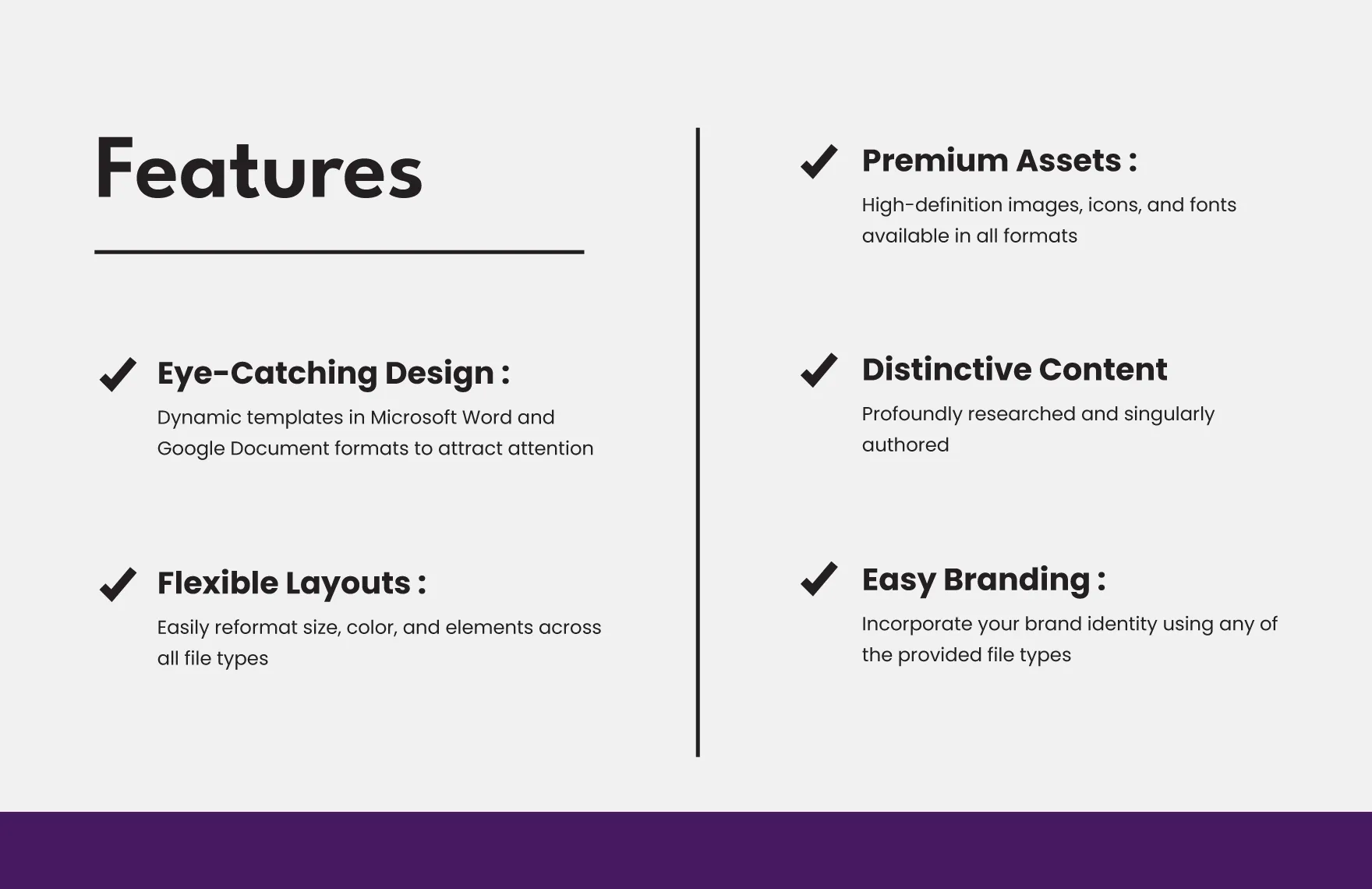
The header section is the first thing a recruiter or hiring manager sees, so it’s important to get it right. It sets the professional tone and provides essential contact information. This section should be concise and easily readable. Proper formatting and attention to detail in the header show that you’re organized and professional, both valuable qualities in a job candidate. A well-crafted header immediately communicates that you’re serious about the opportunity.
Your Contact Information
Begin with your full name, followed by your phone number and email address. Ensure your email address is professional-sounding (e.g., firstname.lastname@email.com). Consider including a link to your LinkedIn profile, if you have one. This gives the hiring manager a quick way to learn more about your professional background. Accuracy is key here; double-check all information to prevent any missed communication opportunities.
Date
Following your contact information, include the current date. This shows the document’s recency. Format the date in a standard manner (e.g., Month Day, Year). This might seem like a small detail, but it contributes to the overall professionalism of your cover letter. Consistency in formatting is important for making a positive impression.
Recipient’s Contact Information
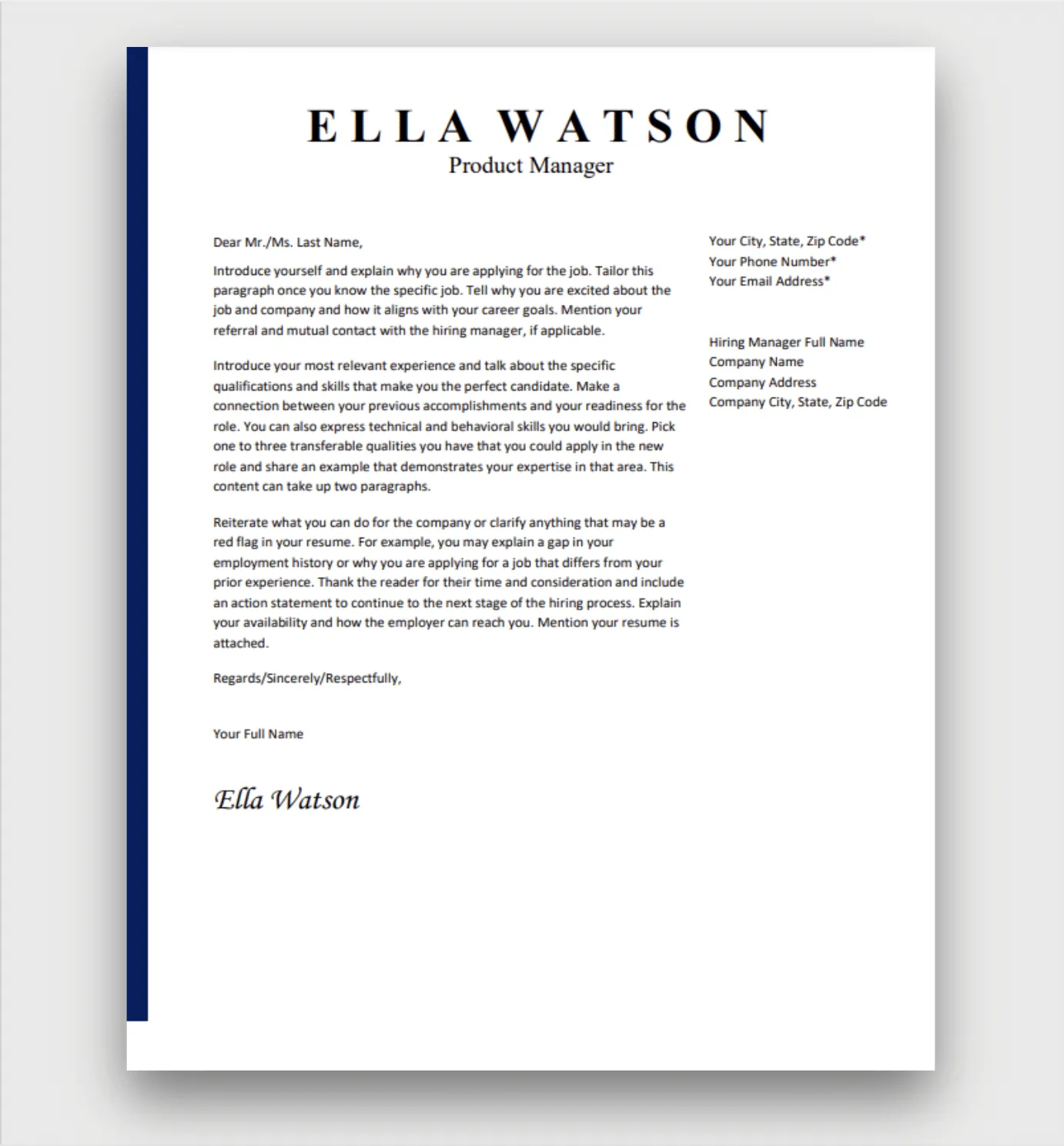
Below the date, include the recipient’s name (if known), job title, company name, and address. Addressing the cover letter to a specific person is always preferred. If you can’t find the name of the hiring manager, research the company website or LinkedIn to find a contact. Avoid generic greetings like ‘To Whom It May Concern’ if possible, as it shows a lack of effort. Always aim to personalize your application.
Greeting
The greeting sets the tone for the entire letter. Use a formal greeting like ‘Dear Mr./Ms./Mx. [Last Name]’ if you know the hiring manager’s name. If you are unsure, a general greeting such as ‘Dear Hiring Manager’ is acceptable, but try to find a specific name whenever possible. Always capitalize the first word and use a colon after the greeting. This shows respect and attention to detail, making a positive first impression.
Body of the Cover Letter
The body of your cover letter is where you sell yourself. It should be concise, well-organized, and tailored to the specific job. Use the body paragraphs to elaborate on your skills and experiences, explaining why you’re a great fit for the position. This is the section where you provide specific examples and demonstrate your understanding of the company and the role. The body of your cover letter should be informative and engaging, leaving the reader with a clear understanding of your qualifications and enthusiasm.
First Paragraph Introduce Yourself & Purpose
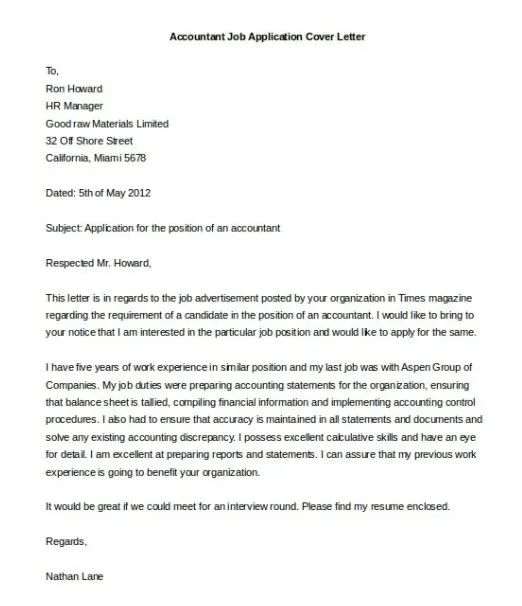
Start by stating the position you’re applying for and where you saw the job posting. Briefly mention how your skills align with the job requirements. This paragraph should capture the reader’s attention and give a clear overview of your purpose. Make sure to highlight your most relevant skill or experience from the very start. Show your enthusiasm for the opportunity and the company, establishing a positive tone from the outset.
Second Paragraph Highlight Skills & Experience
This is the core of your cover letter. Provide specific examples from your past experiences that demonstrate your abilities and achievements. Focus on skills and experiences that directly relate to the job description. Use the STAR method (Situation, Task, Action, Result) to structure your examples, making them more compelling and impactful. Quantify your achievements whenever possible to showcase the value you brought to previous roles. Use keywords from the job description to highlight your suitability for the role.
Third Paragraph Express Enthusiasm & Fit
In this paragraph, reiterate your interest in the position and the company. Explain why you’re a good fit for their culture and what you admire about the organization. Show that you’ve researched the company and understand their mission or values. Express your enthusiasm for the opportunity and reiterate your suitability. Tailor this section to each specific application. Show that you are excited and motivated to join the team and that you’re ready to make a significant contribution.
Call to Action
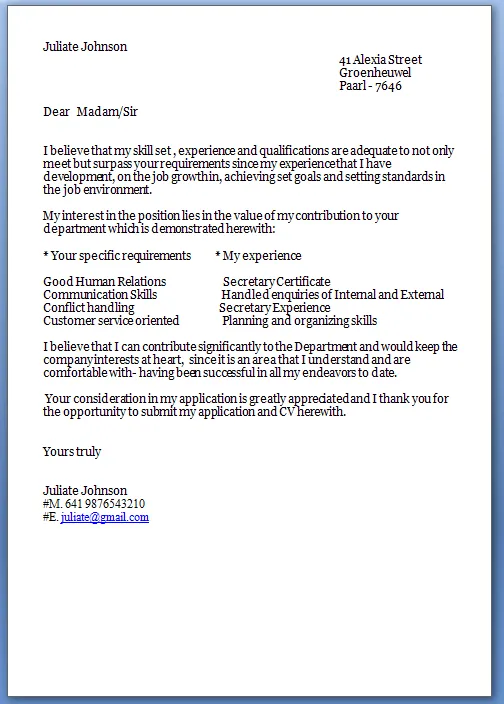
End with a clear call to action. State that you are eager to discuss your qualifications further and are available for an interview. Thank the hiring manager for their time and consideration. Make it easy for them to take the next step. Include a brief statement that you look forward to hearing from them soon and express gratitude for their time and consideration. This reinforces your professionalism and enthusiasm.
Closing
The closing of your cover letter is as important as the introduction. It’s your final opportunity to leave a positive impression. Make sure your closing is professional and reflects your eagerness for the opportunity. The way you conclude your cover letter can significantly affect whether a hiring manager views you as a viable candidate.
Complimentary Close
Use a professional and appropriate closing such as ‘Sincerely,’ ‘Respectfully,’ or ‘Best regards.’ Choose a closing that aligns with the tone of your cover letter. Avoid casual closings like ‘Thanks’ or ‘See you soon.’ Maintain a formal, respectful tone to leave a positive impression. The closing reinforces the professional tone of the letter and sets the stage for a follow-up.
Signature
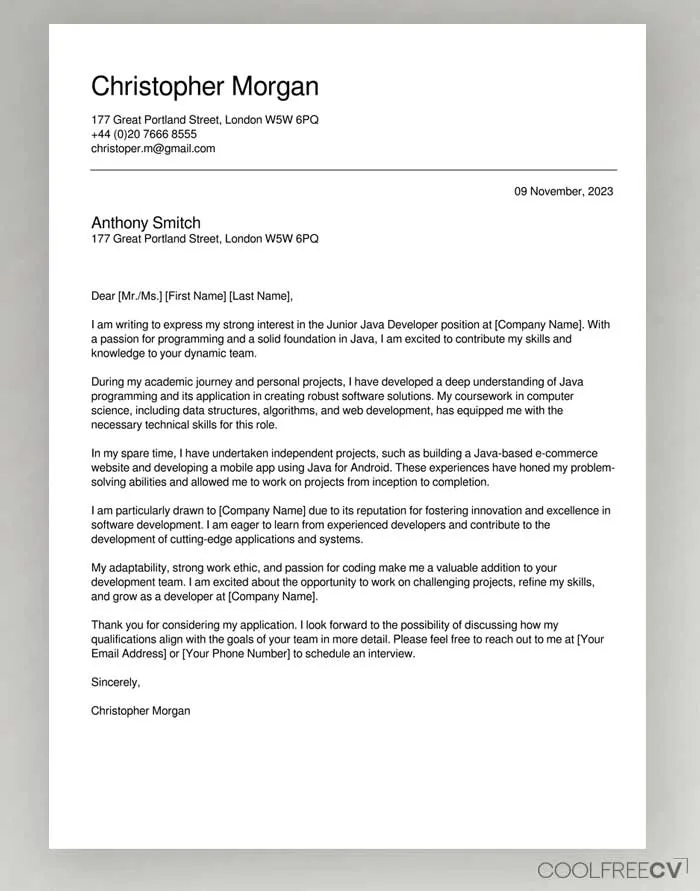
Leave space for your handwritten signature if you are printing and mailing the cover letter. Otherwise, type your full name below the closing. This confirms your identity and adds a personal touch to your application. Make sure your typed name is clear and legible. Your signature finalizes the application and completes the professional presentation.
Formatting and Design Tips
The appearance of your cover letter is as important as its content. Proper formatting and design make it easier to read and show that you pay attention to detail. Clean and professional formatting elevates the overall impact of your cover letter. The right format can boost your chances of making a positive first impression.
Font Selection
Choose a professional and readable font, such as Times New Roman, Arial, Calibri, or Helvetica. Stick to a font size between 10 and 12 points. Avoid using overly fancy or distracting fonts. Use one font throughout the document for consistency and readability. The font you choose reflects your professionalism; use a standard font to ensure ease of reading. Ensure the font is suitable for both digital and print formats.
Font Size and Spacing
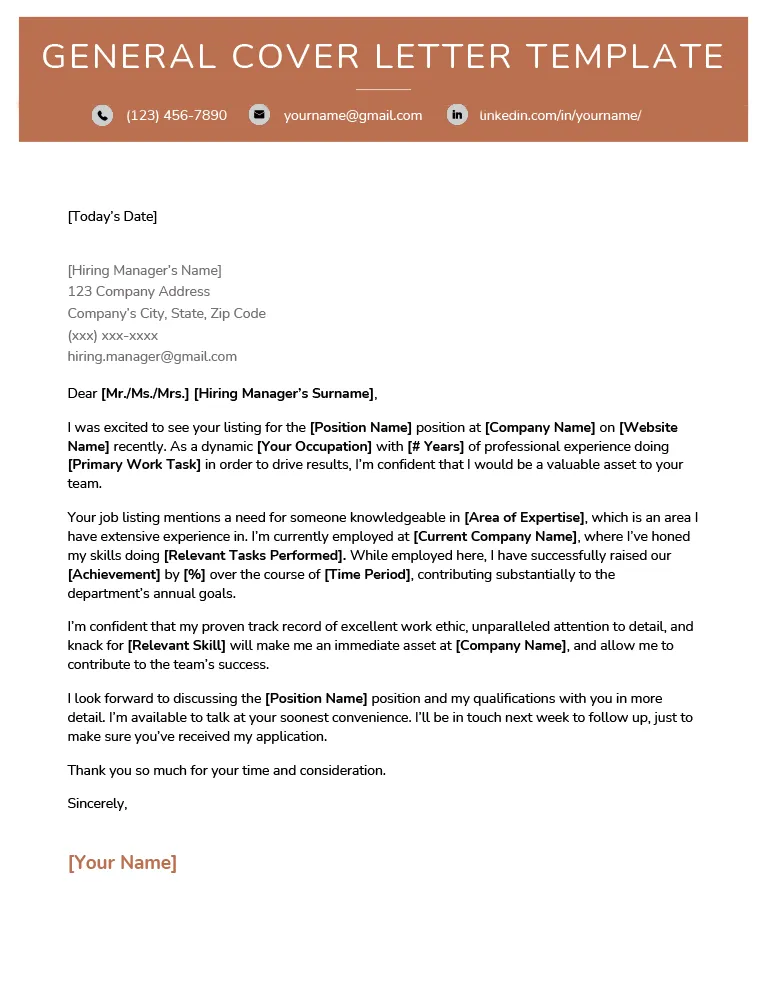
Use a font size that is easy to read, typically 11 or 12 points. Use single or 1.15 line spacing. Leave sufficient margins (typically 1 inch) on all sides of the document. This creates a balanced and uncluttered look. Adequate spacing enhances readability and makes your cover letter more appealing to the eye. It helps the reader process information easily, showing respect for their time and making your application more approachable.
Length Considerations
Keep your cover letter concise and to the point. Aim for one page maximum, unless explicitly requested otherwise. Focus on the most relevant information and avoid unnecessary details. A well-crafted, concise cover letter demonstrates your ability to communicate effectively and respect the reader’s time. Brevity indicates clarity and professionalism.
Template Customization and Personalization
A cover letter template is a great starting point, but it must be customized to each job application. Personalization is key to demonstrating your genuine interest in the role and the company. Tailoring your cover letter will significantly increase your chances of getting noticed. Personalization helps you make a unique impression.
Tailoring to the Specific Job
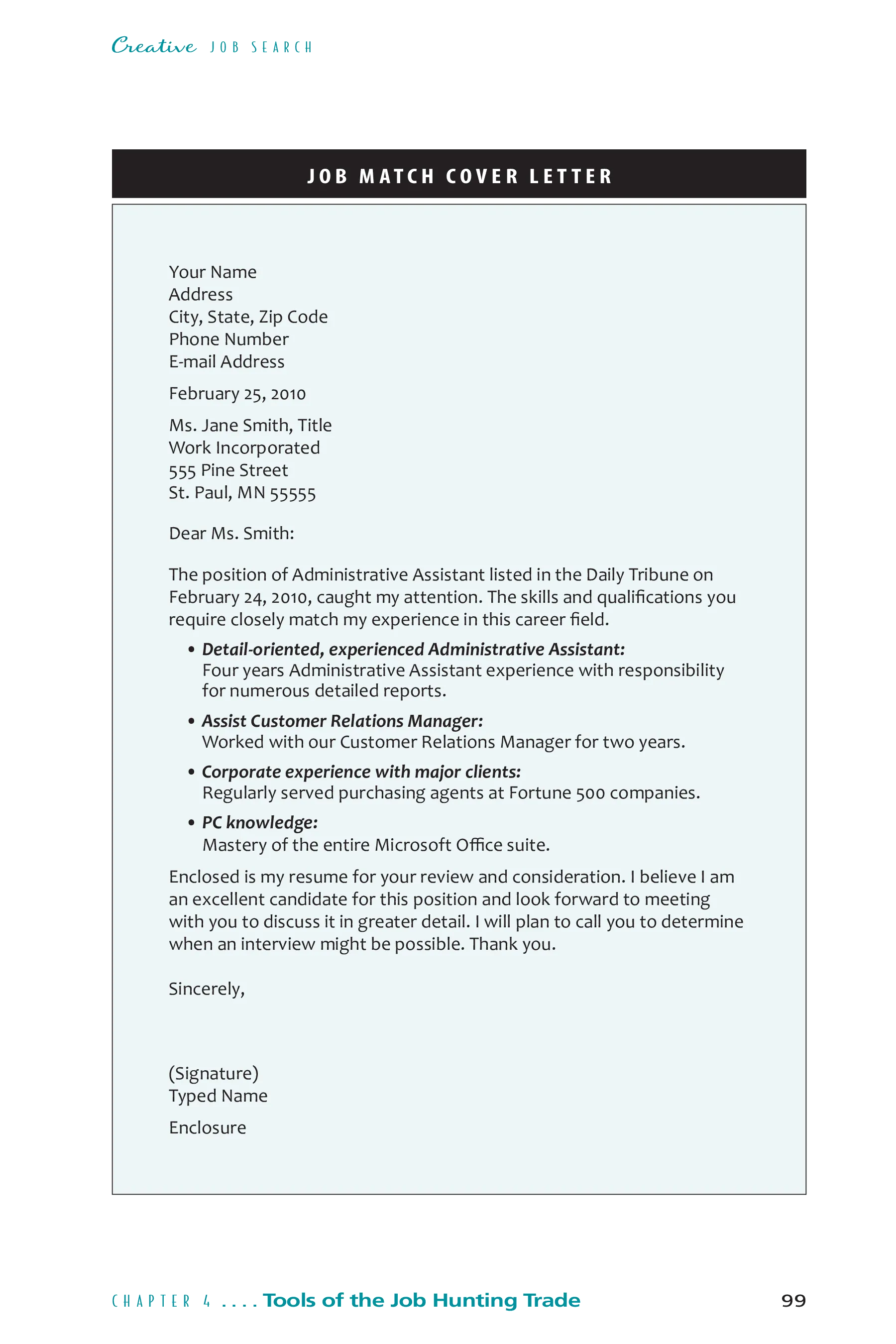
Carefully review the job description and identify the key skills and requirements. Customize your cover letter to highlight your relevant experiences and qualifications. Use the language of the job description in your cover letter to demonstrate your understanding of the role. By addressing the specific requirements, you show that you’ve taken the time to understand the position. Demonstrating you meet the exact requirements is the most effective way to stand out to the hiring manager.
Keywords and Phrases
Incorporate keywords and phrases from the job description throughout your cover letter. This helps your application pass through applicant tracking systems (ATS) and ensures that your skills and qualifications are clearly highlighted. Using the same terms demonstrates that your skills match the requirements. This makes it easier for recruiters to recognize your relevance and increases your chances of being selected.
Proofreading and Editing
Proofreading and editing are essential steps in the cover letter writing process. Errors in grammar or spelling can undermine your credibility and create a negative impression. Attention to detail reflects your professionalism. Thorough proofreading shows that you pay attention to detail and care about making a positive impression. Errors can suggest a lack of care and professionalism. Ensure that your cover letter is polished before you submit it.
Common Mistakes to Avoid
Avoid these common mistakes to ensure your cover letter stands out for the right reasons. Making these mistakes can hurt your chances. Attention to detail is very important, as the small errors can make a big difference.
- Generic cover letters
- Typos and grammatical errors
- Focusing solely on yourself rather than the employer
- Not tailoring your letter to the specific job
- Using excessive jargon or overly complex language
- Being too long
By avoiding these common errors and following the tips in this guide, you can create a compelling cover letter that gets you noticed and helps you land your dream job. Always tailor your cover letter to each specific opportunity and ensure you present yourself as a strong candidate. Remember that your cover letter is an opportunity to showcase your personality, skills, and enthusiasm for the position.
